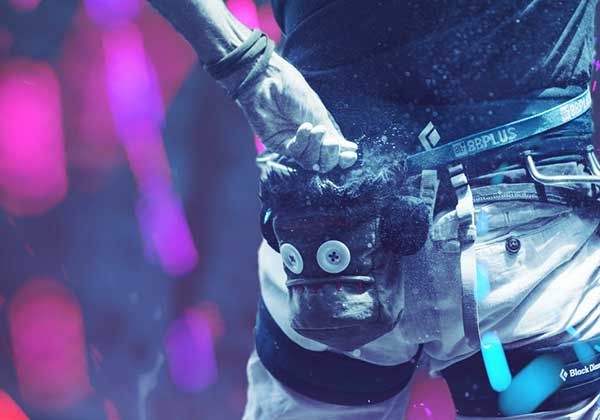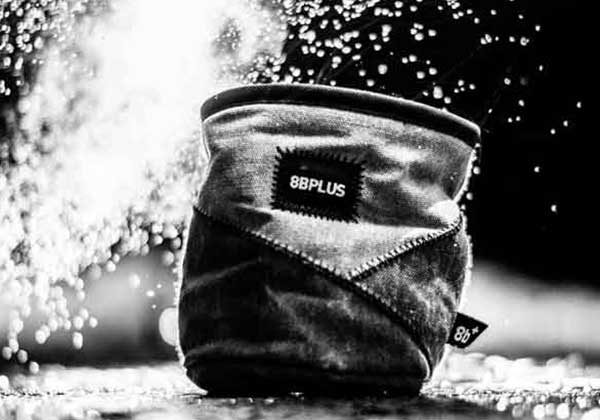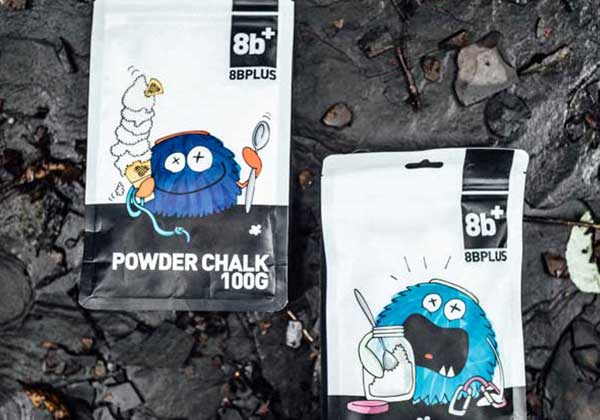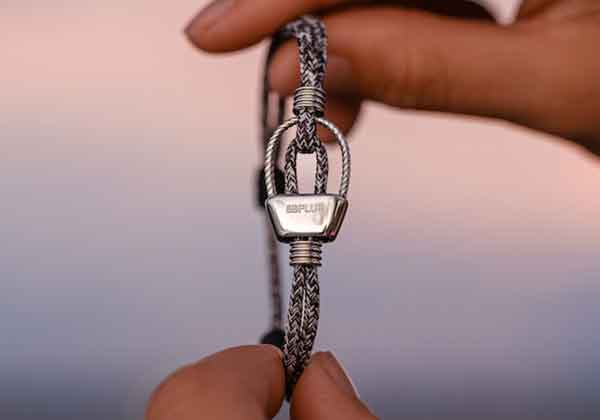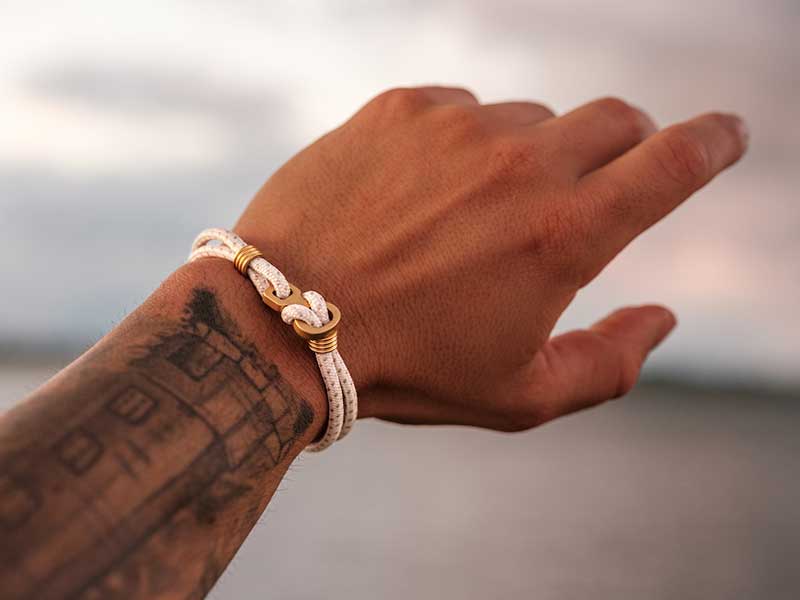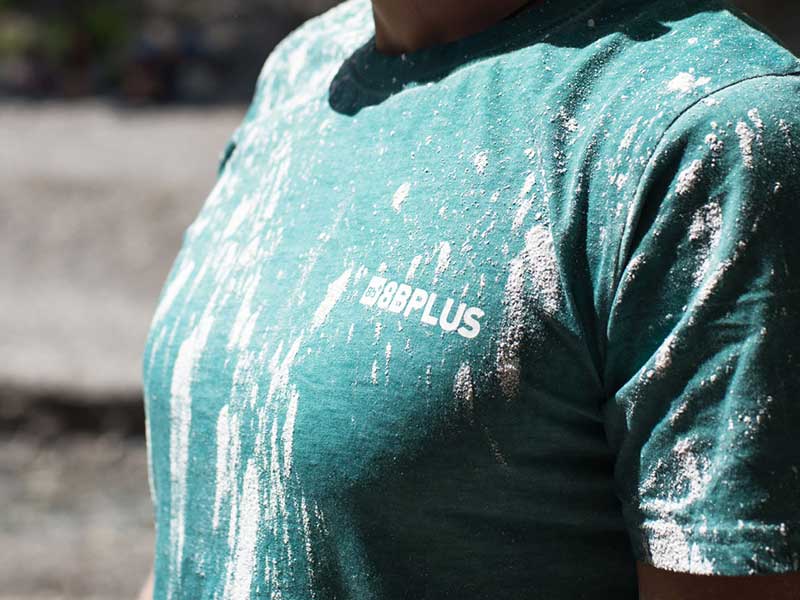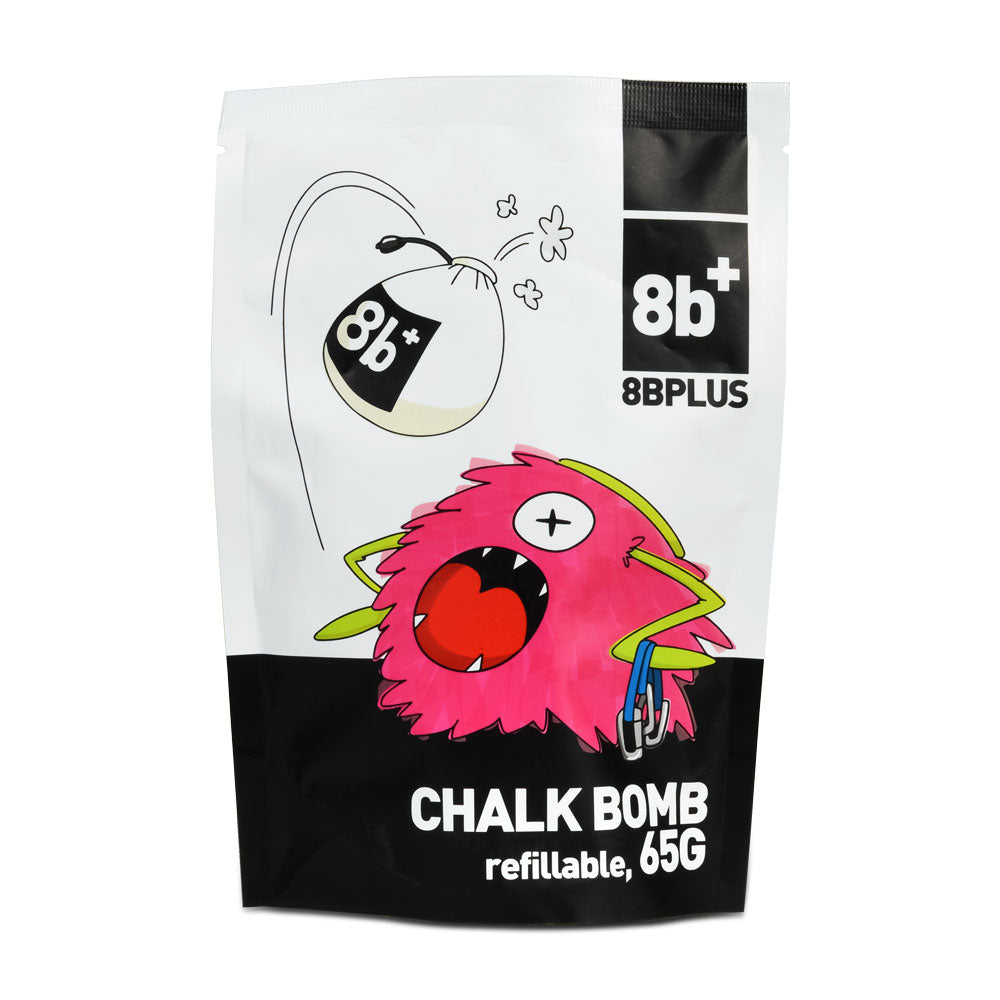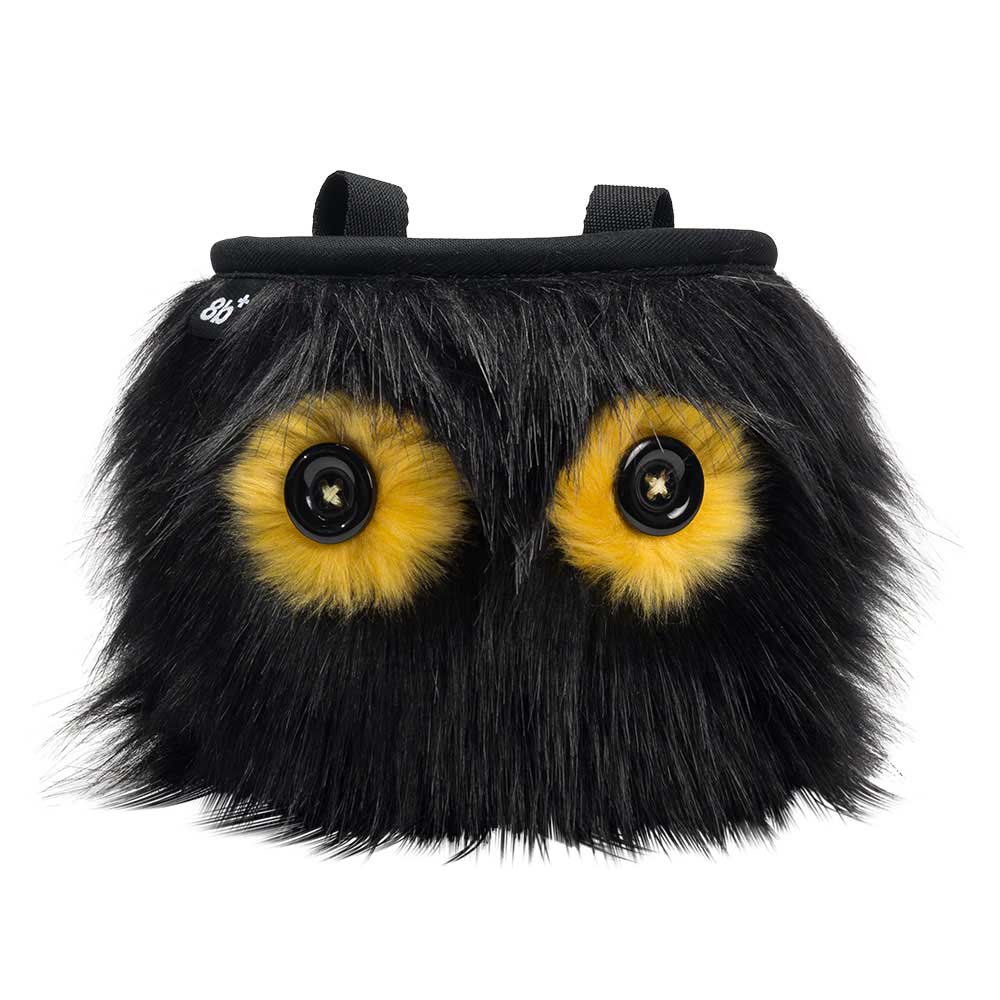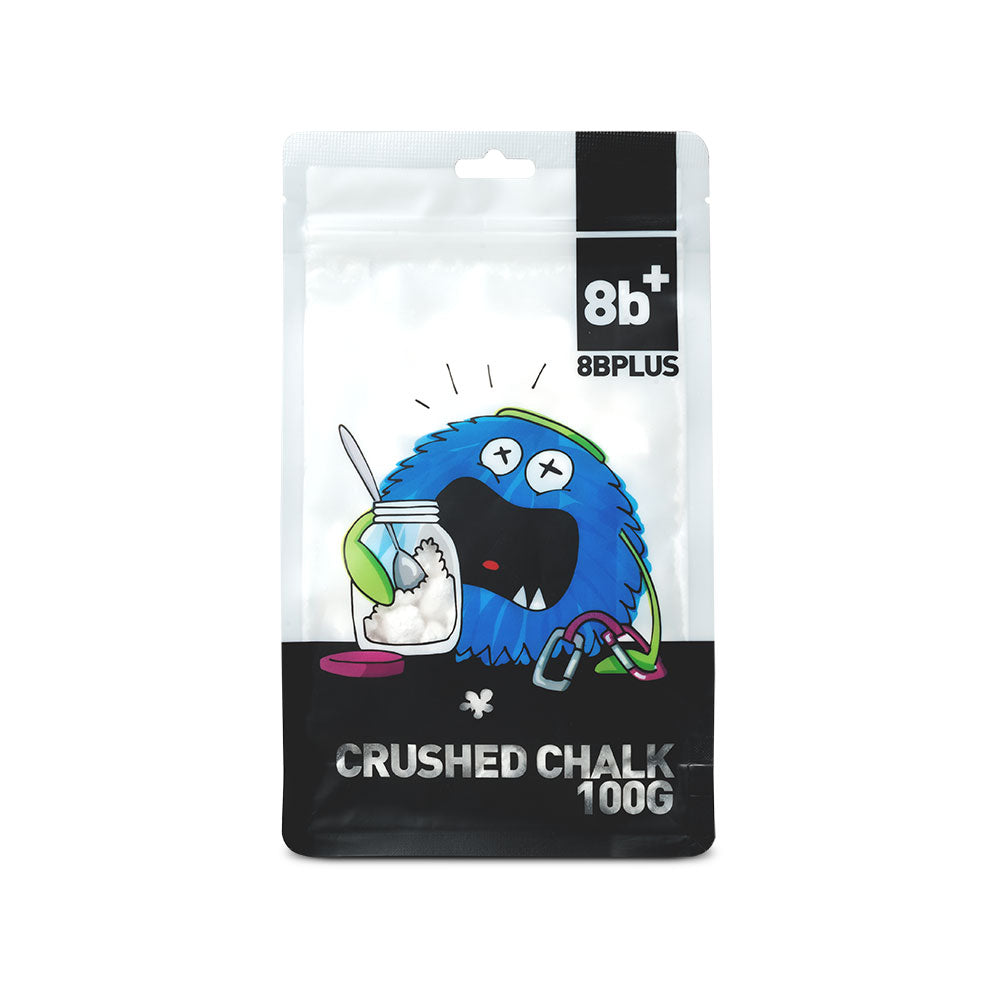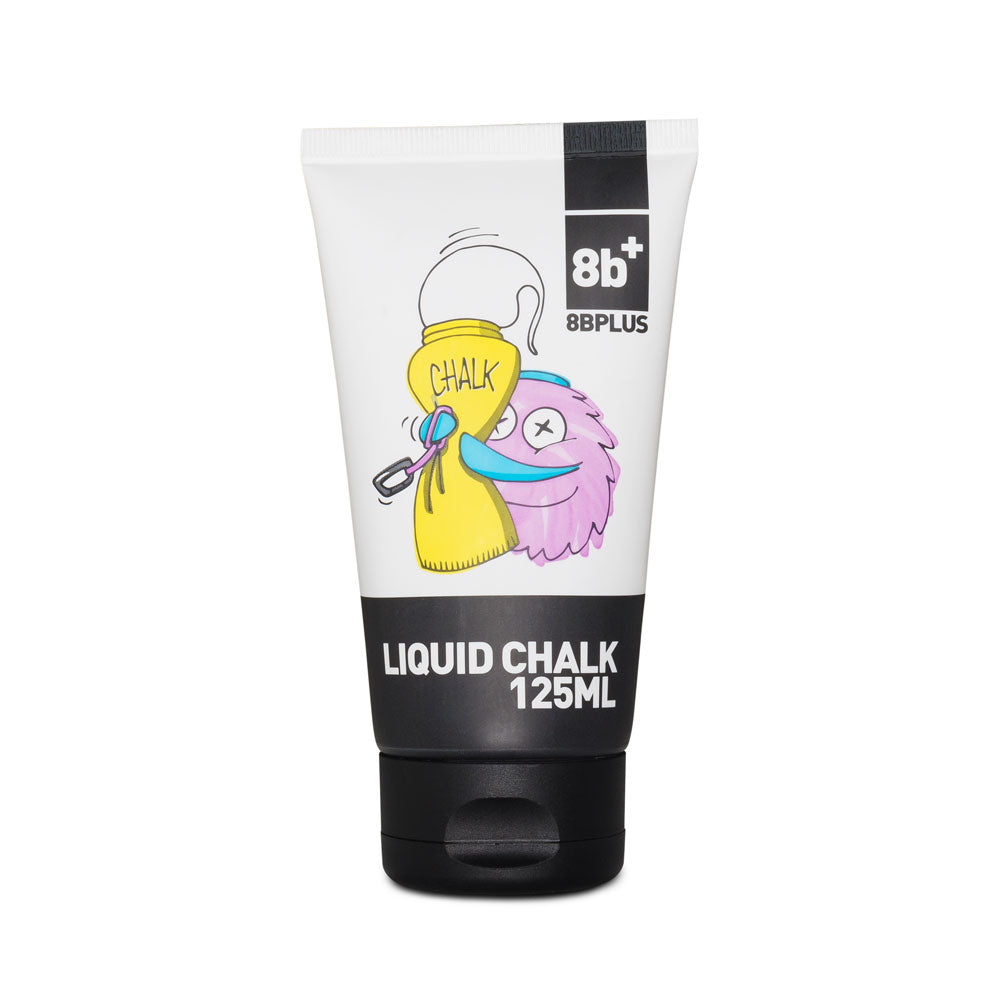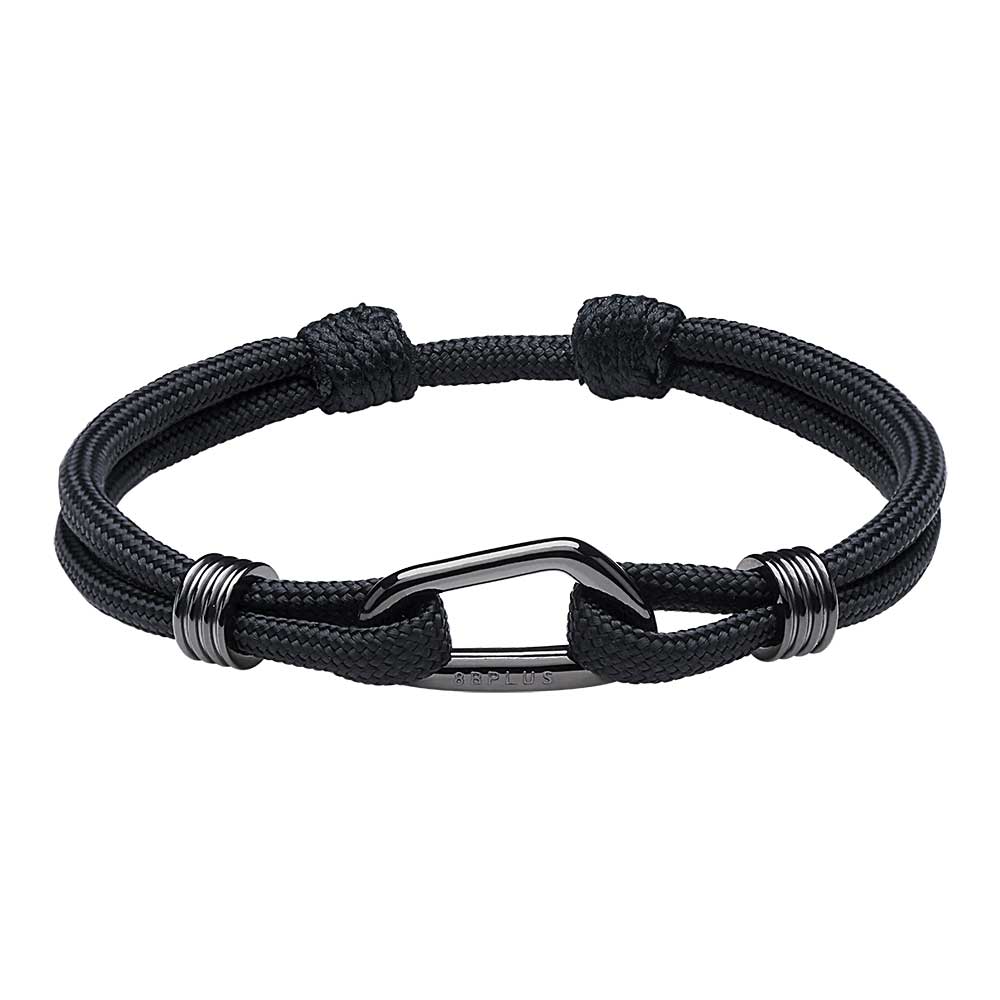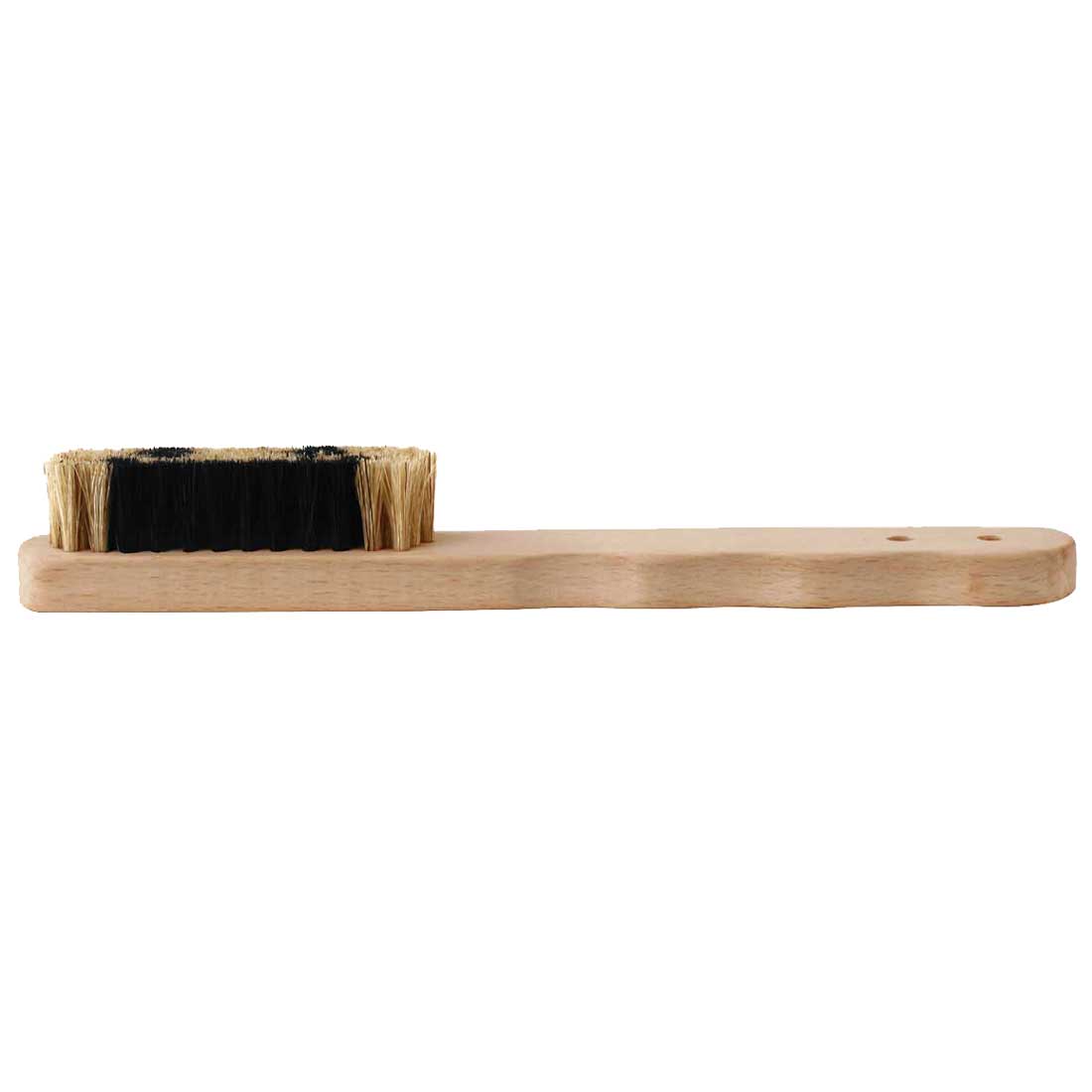
Putting Climbing Chalk to Use: How to Use Rock Climbing Chalk
If you’re new to rock climbing, you may be wondering why everybody around you seems to be carrying chalk and rubbing it on their hands when climbing. It turns out there’s a practical reason for this.
Much like salt, chalk is known to absorb liquid, which keeps your hands from getting slick with sweat.
However, rock climbing chalk isn’t just a matter of cover your hands and go. There are a lot of mistakes and pitfalls to avoid, and we’ll talk more about them below.
Not Too Much
Using too much rock climbing chalk will decrease the friction between your hands and the rock wall, increasing your risk of slipping and falling off. The entire science behind salt is somewhat strange.
Our hands do create more friction than chalk. Then, why do we use chalk at all?
We use chalk because we sweat. A dry hand has better grip than one covered in chalk, but sweat reduces grip. Chalk absorbs moisture, making it a far better option than sweaty palms.
Rock Climbing Chalk and How it Works
Climbing chalk keeps your hands dry because it doesn’t dissolve in water. It is important to note that performance chalk and the chalk you used on the school blackboard or in your driveway aren’t the same.
Performance chalk is made from magnesium carbonate, while most chalk is made from calcium carbonate. The difference between the two is that magnesium carbonate doesn’t dissolve in water, but calcium carbonate does.
This doesn’t mean that performance chalk will last forever. You will need to replace it eventually.
Performance chalk is used for more than just rock climbing. Many athletes also use it for gymnastics and weight lifting.
Chalk Bags
It’s very common for serious climbers to carry a chalk bag. A chalk bag is just what it sounds like–a bag filled with performance chalk.
Some climbers choose to carry massive bags of chalk that they leave on the ground after chalking their hands. Others prefer to take smaller bags, which allows them to re-chalk their hands while climbing
Marking
Rock climbing is a challenging sport, not just because of the strength required, but because of the strategical aspect as well. Not all rocks make for good footholds, so climbers will often use their chalk to mark off the best places to grab and step.
If you ever go climbing indoors and see that some of the rocks appear to be painted white, you now know why.
Rock Climbing Chalk
Rock climbing chalk has become a staple of several different sports, and that trend isn’t slowing down anytime soon. Athletes carry it with them not only to increase the friction between their hands and the rocks but also to mark off potential handholds and footholds while climbing.
Climbing chalk can wear off, though, and using too much can be counterproductive, so some athletes choose to carry bags of chalk with them when they climb.

